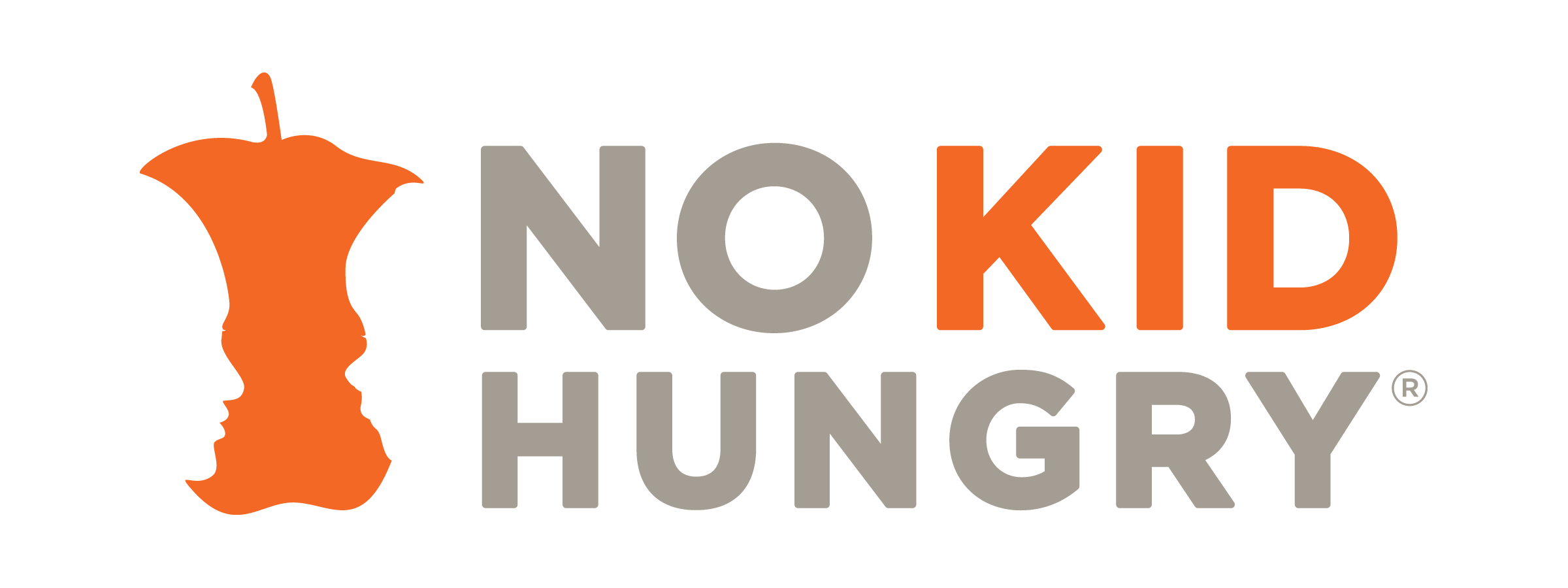Summer can be one of the hungriest times of the year for kids across the country who lose access to a reliable breakfast and lunch they receive throughout the school year. To combat this critical loss, summer meal programs throughout the country have geared up to support kids and relieve the burden from families during the summer months. At Greenfield Exempted Village Schools in Southwest Ohio, Food Service Director, Stephanie Lanning, and her team are doing just that.
Stephanie has been at Greenfield Exempted Village Schools for one year. Greenfield serves roughly 2000 students at three different locations, but the district also covers portions of three counties, so eliminating transportation barriers is definitely a critical factor in ensuring kids have access to meals during the summer months. Up until this year, the local community action organization was the main provider of summer meals for Greenfield students. Prior to and then through the pandemic, the community action organization provided a few thousand meals to students during the summer. This summer, a new challenge was presented when the organization was no longer able to offer summer meals, which is where Stephanie and her Food Service Department stepped up to fill the gap.
When the Consolidated Appropriations Act of 2023 was passed in December 2022, and non-congregate meals in rural areas was written into law, Stephanie knew from her prior experience working in another district that being able to operate non-congregate, where students were not required to eat at a meal site, would be a game changer. “One of my cooks came up to me and said ‘I think we need a food truck’ and while there were a lot of unknowns, you just do it. You just go in and do it,” Stephanie shared. So, the district set up three pick up locations at each of their three schools spread throughout the county to start the summer. They had an initial goal of 100 kids a day between the three sites. By mid-June, 450-500 students were receiving lunch and the next day’s breakfast. By the end of June, they had served nearly 8,500 lunches alone, more than four times the amount served the previous summer.
Allowing for parent or guardian pick-up and for children to consume meals off site, eliminates some of the largest barriers to the summer food program. Not only does it help families that struggle with transportation and whose schedules aren’t conducive to having children come and stay on site, but it also works to address the stigma often associated with accessing federal nutrition programs. Stephanie shared that many families don’t want to go in and sit down to eat, but going to pick up meals helps retain some anonymity within the community while also increasing access. Throughout the community, many of the same families are coming day after day to receive meals and so many people within the community are excited to see the program. Stephanie shared that she’s already thinking about ways to expand for next year, but “the end goal is that kids are fed. Everything else is extra.”
For summer meal providers throughout the country, the option to operate non-congregate meal service alongside traditional summer meal sites has been incredibly important for ensuring all children have increased access to summer meals regardless of their geography.

